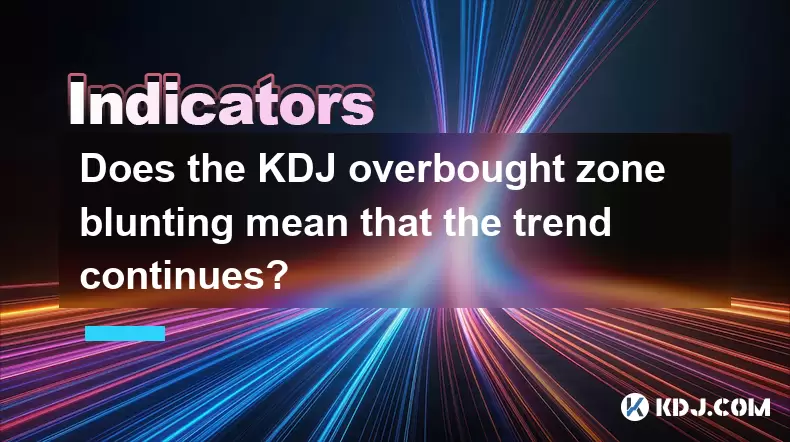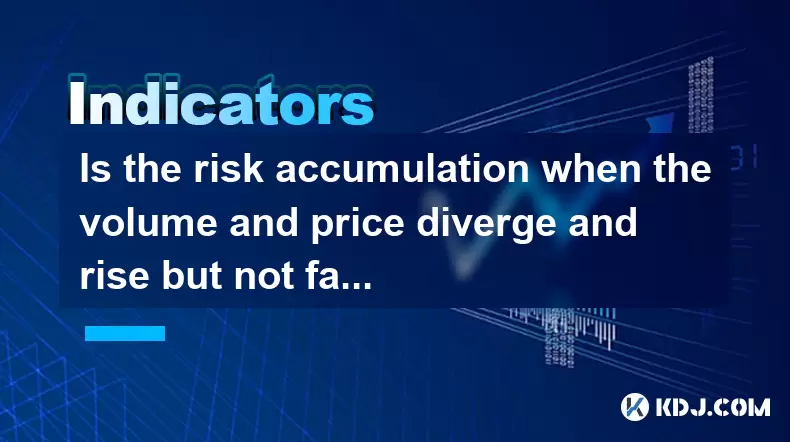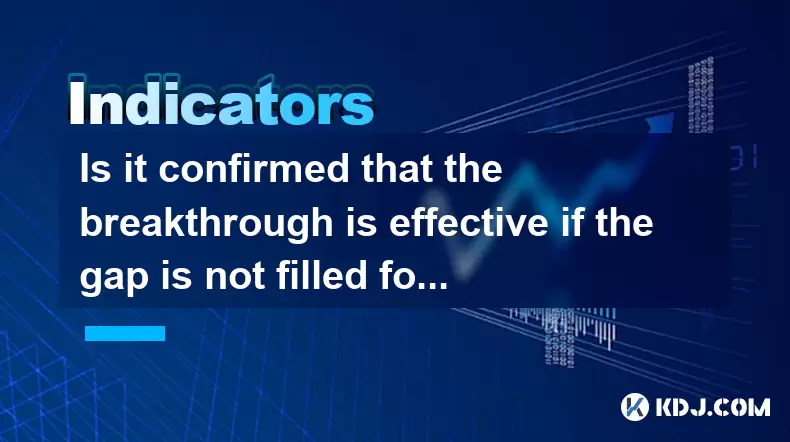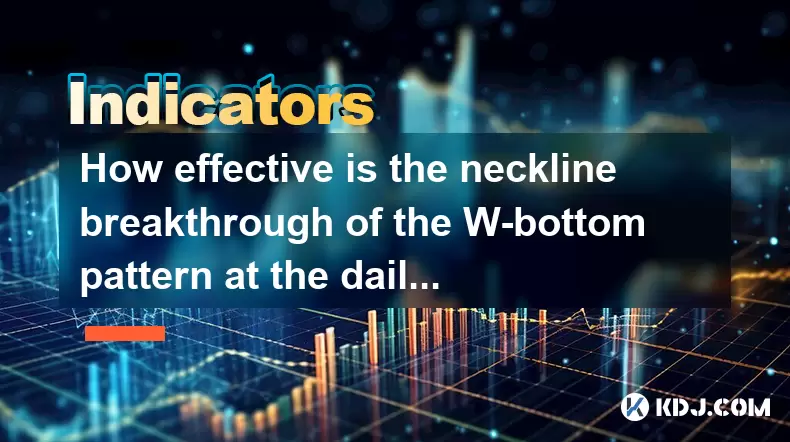-
 Bitcoin
Bitcoin $107,323.9971
-0.42% -
 Ethereum
Ethereum $2,442.7415
-1.58% -
 Tether USDt
Tether USDt $1.0005
0.00% -
 XRP
XRP $2.0902
-4.49% -
 BNB
BNB $645.3561
-0.33% -
 Solana
Solana $140.8832
-2.81% -
 USDC
USDC $0.9999
0.01% -
 TRON
TRON $0.2713
0.17% -
 Dogecoin
Dogecoin $0.1611
-2.35% -
 Cardano
Cardano $0.5556
-2.75% -
 Hyperliquid
Hyperliquid $36.8045
-1.10% -
 Bitcoin Cash
Bitcoin Cash $494.4393
-1.23% -
 Sui
Sui $2.6406
-2.97% -
 Chainlink
Chainlink $13.0846
-1.74% -
 UNUS SED LEO
UNUS SED LEO $9.0127
0.09% -
 Avalanche
Avalanche $17.4023
-1.37% -
 Stellar
Stellar $0.2339
-3.25% -
 Toncoin
Toncoin $2.8330
-0.57% -
 Shiba Inu
Shiba Inu $0.0...01124
-3.38% -
 Litecoin
Litecoin $84.9229
-0.60% -
 Hedera
Hedera $0.1432
-3.84% -
 Monero
Monero $311.0740
-1.35% -
 Bitget Token
Bitget Token $4.6591
3.94% -
 Dai
Dai $1.0001
0.01% -
 Ethena USDe
Ethena USDe $1.0000
-0.01% -
 Polkadot
Polkadot $3.3033
-1.64% -
 Uniswap
Uniswap $6.9221
-4.55% -
 Pi
Pi $0.5546
-4.86% -
 Aave
Aave $257.5046
-1.30% -
 Pepe
Pepe $0.0...09215
-3.26%
How lethal is the death cross of EXPMA12 and 50 lines?
The death cross in EXPMA occurs when the EXPMA12 crosses below EXPMA50, signaling a potential bearish reversal.
Jun 27, 2025 at 11:15 am

Understanding the Death Cross in EXPMA Indicators
The death cross is a technical analysis pattern that signals a potential bearish trend reversal. In the context of the EXPMA (Exponential Moving Average), particularly when analyzing the crossover between the EXPMA12 and EXPMA50 lines, traders often interpret this as a strong sell signal. The death cross occurs when the shorter-term moving average (EXPMA12) crosses below the longer-term moving average (EXPMA50), indicating weakening momentum and possible downward movement.
For cryptocurrency traders, understanding how lethal or significant this signal is requires examining historical data, market conditions, and the behavior of crypto assets following such crossovers.
Important Note: While the death cross can be a powerful indicator, it should not be used in isolation for making trading decisions.
How to Identify the Death Cross Using EXPMA12 and EXPMA50
To spot a death cross using EXPMA indicators:
- Ensure your charting platform supports EXPMA calculations.
- Apply two EXPMA lines: one set at 12 periods (shorter term) and another at 50 periods (longer term).
- Monitor the interaction between these two lines:
- When EXPMA12 crosses above EXPMA50, it's called a golden cross — a bullish signal.
- When EXPMA12 crosses below EXPMA50, it forms a death cross — a bearish signal.
Many traders use candlestick charts with timeframes ranging from 1-hour to daily or weekly, depending on their strategy.
Tip: Use volume indicators alongside the death cross to confirm the strength of the bearish move.
Historical Performance of the Death Cross in Crypto Markets
Cryptocurrency markets are known for their volatility, which makes traditional technical indicators less reliable compared to more stable financial markets. However, historical data shows that the death cross formed by EXPMA12 and EXPMA50 has had notable impacts on price action in several cases:
- During the 2018 bear market, Bitcoin experienced multiple death crosses, each followed by extended downtrends.
- In late 2021, Ethereum saw a death cross form before dropping nearly 40% over the next few weeks.
- Smaller altcoins often exhibit sharper declines after death crosses due to lower liquidity and higher volatility.
Despite these patterns, false signals are common. For example, during sideways consolidation phases, EXPMA lines may cross frequently without any meaningful price movement.
Caution: Always backtest strategies involving EXPMA death crosses on historical data before live trading.
Why the Death Cross May Not Be Lethal in Every Scenario
While the death cross is considered a bearish signal, its effectiveness varies based on several factors:
- Market Context: A death cross forming in an uptrend may act as a temporary correction rather than a full reversal.
- Timeframe: Shorter timeframes (like 1-hour or 4-hour charts) tend to generate more false signals compared to daily or weekly charts.
- Volume Confirmation: A death cross accompanied by high selling volume is generally more reliable than one with low volume.
- Support Levels: If the price approaches a strong support zone after the cross, the downtrend may reverse quickly.
Therefore, interpreting the lethality of the death cross must consider broader market dynamics and not just the visual crossing of the EXPMA lines.
Key Insight: The death cross is more reliable when combined with other tools like RSI, MACD, or Fibonacci retracement levels.
Strategies to Handle the Death Cross Signal
If you're monitoring the EXPMA12 and EXPMA50 death cross, here’s how you can respond effectively:
- Exit Long Positions: If you're holding a long position and the death cross appears, consider taking partial or full profits.
- Enter Short Positions: Some traders see the death cross as an opportunity to short, especially if confirmed by other bearish indicators.
- Set Stop-Loss Orders: To manage risk, place stop-loss orders above recent swing highs if entering a short trade.
- Wait for Confirmation Candles: Don’t rush into trades immediately after the cross — wait for a few bearish candles to confirm the trend shift.
- Combine with Trendlines: Overlay trendlines to identify potential breakdown points where the death cross might gain significance.
Each trader must tailor their response based on their risk tolerance, investment horizon, and overall strategy.
Pro Tip: Consider using trailing stops when shorting after a death cross to maximize gains while minimizing exposure.
Frequently Asked Questions
Q: Can the death cross occur multiple times in a single downtrend?
Yes, it’s common for the EXPMA12 and EXPMA50 lines to cross multiple times during a prolonged downtrend. These repeated crosses usually indicate continued weakness but may not always result in further price drops.
Q: Is the death cross equally effective across all cryptocurrencies?
No, larger-cap cryptocurrencies like Bitcoin and Ethereum tend to respect technical signals more consistently than smaller altcoins, which are more prone to manipulation and erratic price swings.
Q: Should I ignore the death cross if the market is range-bound?
It’s advisable to treat death crosses cautiously in range-bound markets. In such conditions, the signal often lacks follow-through and may lead to whipsaws or false breakouts.
Q: How does the death cross differ from the golden cross?
The death cross signals a bearish reversal when the short-term average crosses below the long-term average. Conversely, the golden cross indicates a bullish reversal when the short-term average crosses above the long-term average.
Disclaimer:info@kdj.com
The information provided is not trading advice. kdj.com does not assume any responsibility for any investments made based on the information provided in this article. Cryptocurrencies are highly volatile and it is highly recommended that you invest with caution after thorough research!
If you believe that the content used on this website infringes your copyright, please contact us immediately (info@kdj.com) and we will delete it promptly.
- Bitcoin, Hackers, and India's Reserve: A Crypto Cocktail
- 2025-06-27 15:10:12
- AI Beings Emerge: CARV's Roadmap to Web3 AI Sovereignty
- 2025-06-27 14:50:14
- Worldcoin Tanks, Neo Pepe Rises: The Meme Coin Revolution
- 2025-06-27 15:10:12
- Crypto in 2025: Will Popcat Purr or Will Troller Cat Troll?
- 2025-06-27 15:31:41
- Coinbase Soars to All-Time High: What's Fueling the Crypto Giant's Rally?
- 2025-06-27 14:55:12
- Bitcoin's Wild Ride: US Futures Hit Records, Can BTC Follow?
- 2025-06-27 15:16:48
Related knowledge

Does the KDJ overbought zone blunting mean that the trend continues?
Jun 27,2025 at 03:35pm
Understanding the KDJ Indicator in Cryptocurrency TradingThe KDJ indicator, also known as the stochastic oscillator, is a popular technical analysis tool used by traders to identify overbought or oversold conditions in asset prices. In the cryptocurrency market, where volatility is high and trends can change rapidly, understanding how to interpret the K...

Is the risk accumulation when the volume and price diverge and rise but not fall?
Jun 27,2025 at 04:28pm
Understanding Volume and Price Divergence in Cryptocurrency TradingIn cryptocurrency trading, the relationship between volume and price plays a critical role in identifying market sentiment. When volume increases while price rises, it typically signals strong buying pressure and healthy market participation. However, when this correlation breaks—especia...

Does the CCI indicator break through +200 mean that it is seriously overbought?
Jun 27,2025 at 01:08pm
Understanding the CCI Indicator and Its Relevance in Cryptocurrency TradingThe Commodity Channel Index (CCI) is a technical analysis tool widely used by traders in various financial markets, including cryptocurrency. Originally developed by Donald Lambert for commodities, it has since been adopted across asset classes to identify overbought or oversold ...

Is it confirmed that the breakthrough is effective if the gap is not filled for three days?
Jun 27,2025 at 04:07pm
Understanding Breakouts in Cryptocurrency TradingIn the world of cryptocurrency trading, a breakout refers to a price movement that exceeds a defined support or resistance level. Traders and analysts often monitor these breakouts to identify potential shifts in market sentiment. However, not all breakouts are created equal. A key question arises: is it ...

Is it necessary to reduce the position when the KDJ indicator forms a dead cross in the overbought area?
Jun 27,2025 at 02:28pm
Understanding the KDJ Indicator and Its Role in Cryptocurrency TradingThe KDJ indicator is a momentum oscillator widely used in technical analysis, especially within cryptocurrency trading. It consists of three lines: the K-line, D-line, and J-line, which help traders identify overbought and oversold conditions. In crypto markets, where volatility is hi...

How effective is the neckline breakthrough of the W-bottom pattern at the daily level?
Jun 27,2025 at 03:21pm
Understanding the W-Bottom Pattern in Cryptocurrency TradingThe W-bottom pattern is a well-known technical analysis formation used by traders to identify potential trend reversals from a downtrend to an uptrend. In cryptocurrency markets, where volatility is high and price action can be unpredictable, understanding the effectiveness of this pattern beco...

Does the KDJ overbought zone blunting mean that the trend continues?
Jun 27,2025 at 03:35pm
Understanding the KDJ Indicator in Cryptocurrency TradingThe KDJ indicator, also known as the stochastic oscillator, is a popular technical analysis tool used by traders to identify overbought or oversold conditions in asset prices. In the cryptocurrency market, where volatility is high and trends can change rapidly, understanding how to interpret the K...

Is the risk accumulation when the volume and price diverge and rise but not fall?
Jun 27,2025 at 04:28pm
Understanding Volume and Price Divergence in Cryptocurrency TradingIn cryptocurrency trading, the relationship between volume and price plays a critical role in identifying market sentiment. When volume increases while price rises, it typically signals strong buying pressure and healthy market participation. However, when this correlation breaks—especia...

Does the CCI indicator break through +200 mean that it is seriously overbought?
Jun 27,2025 at 01:08pm
Understanding the CCI Indicator and Its Relevance in Cryptocurrency TradingThe Commodity Channel Index (CCI) is a technical analysis tool widely used by traders in various financial markets, including cryptocurrency. Originally developed by Donald Lambert for commodities, it has since been adopted across asset classes to identify overbought or oversold ...

Is it confirmed that the breakthrough is effective if the gap is not filled for three days?
Jun 27,2025 at 04:07pm
Understanding Breakouts in Cryptocurrency TradingIn the world of cryptocurrency trading, a breakout refers to a price movement that exceeds a defined support or resistance level. Traders and analysts often monitor these breakouts to identify potential shifts in market sentiment. However, not all breakouts are created equal. A key question arises: is it ...

Is it necessary to reduce the position when the KDJ indicator forms a dead cross in the overbought area?
Jun 27,2025 at 02:28pm
Understanding the KDJ Indicator and Its Role in Cryptocurrency TradingThe KDJ indicator is a momentum oscillator widely used in technical analysis, especially within cryptocurrency trading. It consists of three lines: the K-line, D-line, and J-line, which help traders identify overbought and oversold conditions. In crypto markets, where volatility is hi...

How effective is the neckline breakthrough of the W-bottom pattern at the daily level?
Jun 27,2025 at 03:21pm
Understanding the W-Bottom Pattern in Cryptocurrency TradingThe W-bottom pattern is a well-known technical analysis formation used by traders to identify potential trend reversals from a downtrend to an uptrend. In cryptocurrency markets, where volatility is high and price action can be unpredictable, understanding the effectiveness of this pattern beco...
See all articles























































































